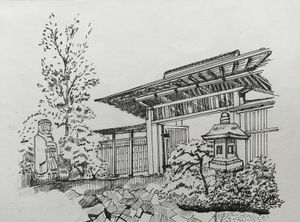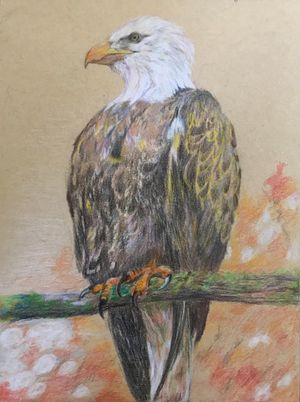Dragon trees, particularly the species Dracaena draco, are fascinating plants steeped in both cultural lore and scientific intrigue. Native to the Canary Islands, these ancient trees have captivated human imagination for centuries[1][5].
With their distinctive umbrella-like shape and thick, scaly trunks resembling dragon skin, dragon trees can grow to impressive heights of over 30 feet and live for up to 600 years[2]. Their slow growth rate contributes to their longevity, with some specimens only growing a few centimeters per year[1].
The dragon tree's most famous feature is its red sap, known as "dragon's blood." This resin has been used for centuries in traditional medicine, as a dye, and even as a varnish for violins[2]. In ancient civilizations like Egypt and Phoenicia, the tree held religious significance and was often associated with divinity[1].
Scientifically, dragon trees belong to the asparagus family (Asparagaceae), despite their tree-like appearance[1]. They possess remarkable adaptations that allow them to thrive in arid, rocky environments. Their leaves have a unique structure with water-storage cells and an arrangement of tissues that helps them conserve water[4].
In recent years, dragon trees have gained attention in conservation efforts. Some species, like Dracaena cinnabari found on Yemen's Socotra Island, are considered vulnerable to extinction. Research suggests that these trees may serve as umbrella species, meaning their protection could benefit a wide range of other endemic species in their ecosystems[2].
As living relics of a bygone era, dragon trees continue to fascinate botanists, conservationists, and cultural enthusiasts alike, bridging the gap between ancient folklore and modern scientific discovery.
龍血樹,特別是加那利龍血樹(Dracaena draco)這個品種,是一種令人著迷的植物,深深植根於文化傳說和科學探索之中。原產於加那利群島,這些古老的樹木數世紀以來一直吸引著人類的想像力。
龍血樹具有獨特的傘狀形態和粗壯的鱗狀樹幹,酷似龍的皮膚,可以長到超過30英尺高,壽命長達600年。它們緩慢的生長速度是其長壽的原因之一,有些樹木每年只能生長幾厘米。
龍血樹最著名的特徵是其紅色樹脂,被稱為「龍血」。這種樹脂幾個世紀以來一直被用於傳統醫藥、染料,甚至作為小提琴的清漆。在古埃及和腓尼基等古代文明中,這種樹具有宗教意義,常與神性相關聯。
從科學角度來看,龍血樹屬於天門冬科(Asparagaceae),儘管它們看起來像樹。它們擁有令人驚嘆的適應能力,使其能在乾旱、多岩石的環境中茁壯成長。它們的葉子具有獨特的結構,包括儲水細胞和特殊的組織排列,有助於保存水分。
近年來,龍血樹在保育工作中受到關注。一些品種,如也門索科特拉島上的索科特拉龍血樹(Dracaena cinnabari),被認為面臨滅絕威脅。研究表明,這些樹可能是傘形物種,意味著保護它們可能會惠及其生態系統中的許多其他特有物種。
作為遙遠過去的活化石,龍血樹繼續吸引著植物學家、保育人士和文化愛好者,架起了古代民間傳說與現代科學發現之間的橋樑。
Citations:
[1] https://facts.net/nature/plants/13-astonishing-facts-about-dragon-tree/
[2] https://therevelator.org/dragons-blood-tree/
[3] https://www.aucklandmuseum.com/discover/collections/topics/the-mystery-of-the-dragon-tree
[4] https://www.mdpi.com/1999-4907/11/2/236
[5] https://www.britannica.com/plant/dragon-tree
[6] https://txmg.org/hendersonmg/plant-library/dragon-tree/
[7] https://daily.jstor.org/plant-of-the-month-the-dragon-tree/
[8] https://www.nationalgeographic.com/travel/article/see-the-otherworldly-tree-of-life-socotra-dragon-blood
































